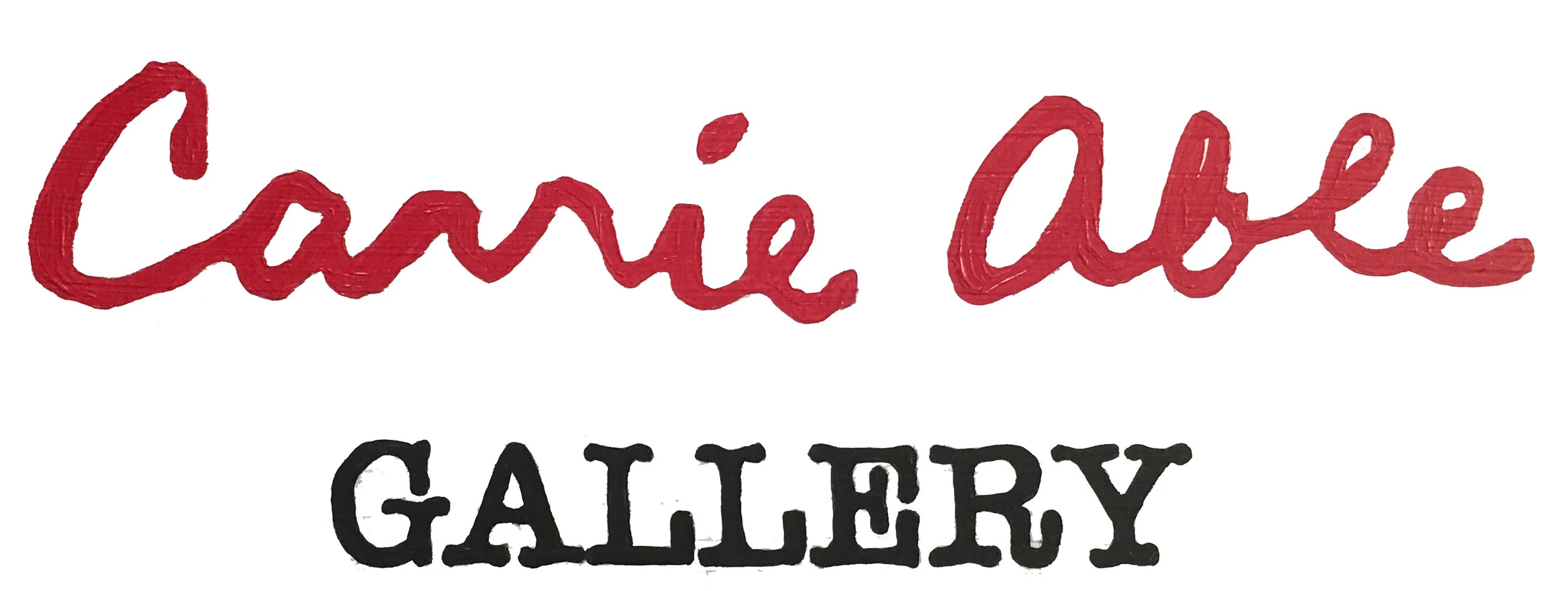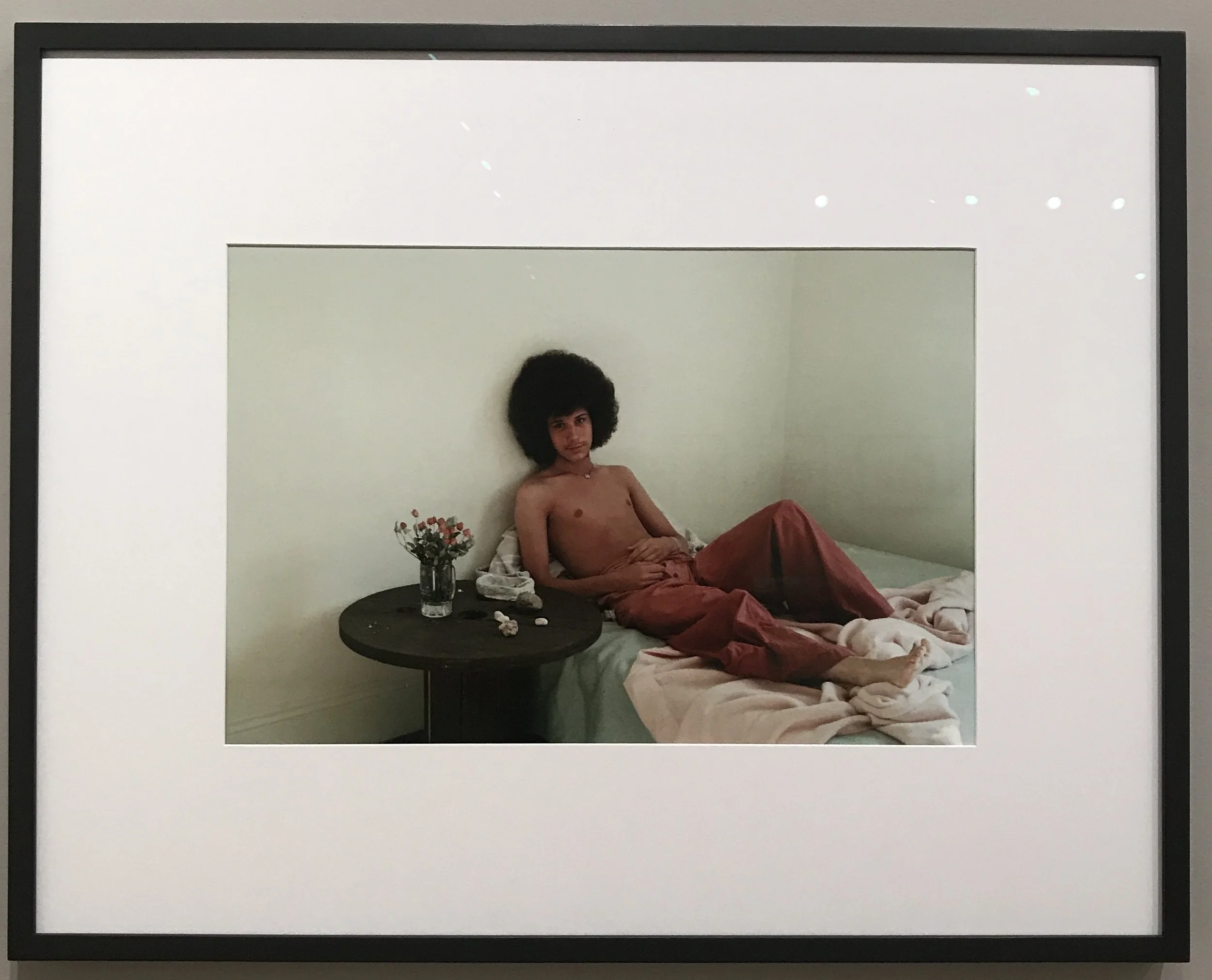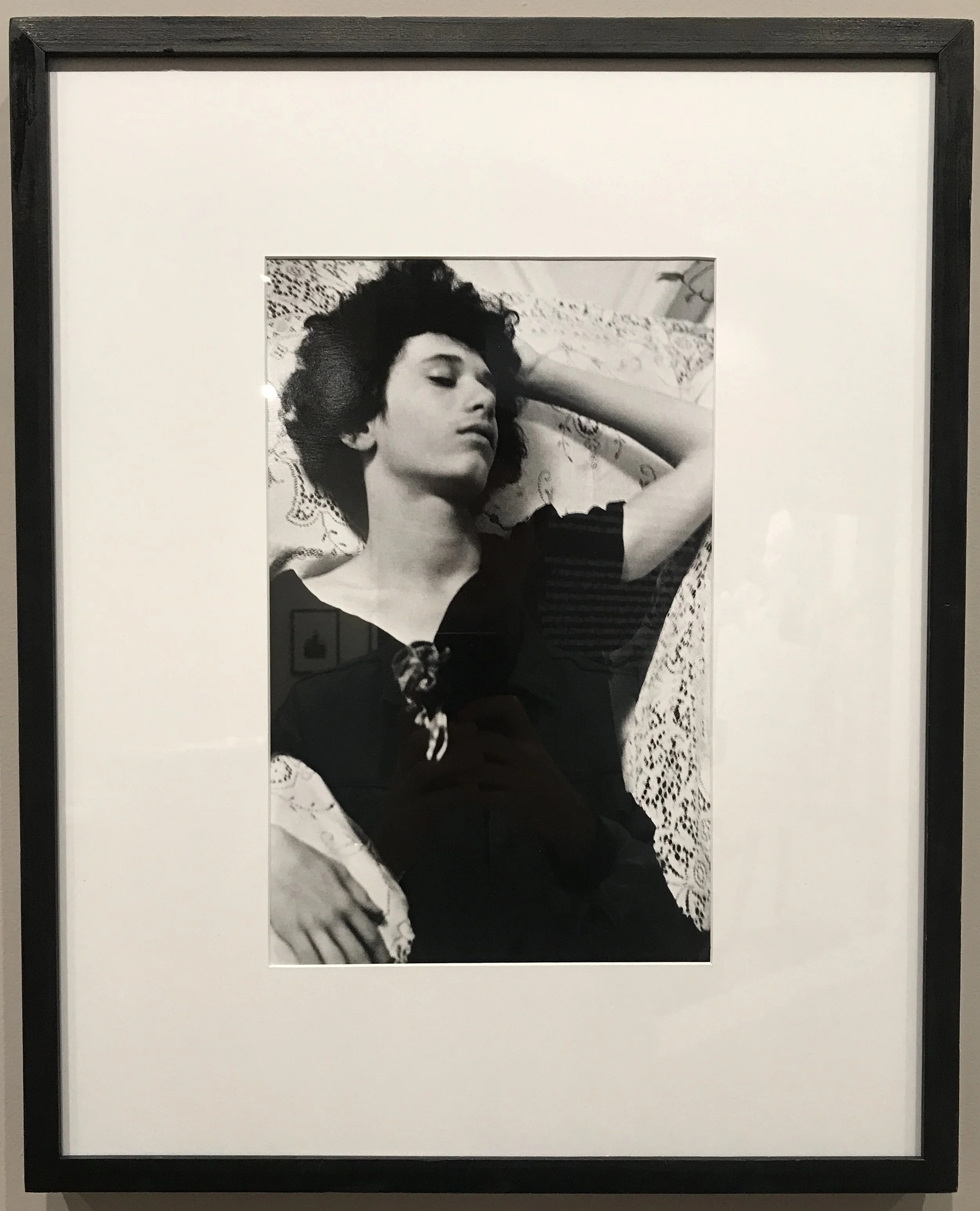Donna Gottschalk captured her brother's transition from male to female
Damien Anger, November 12th, 2018
Donna Gottschalk, “Self-Portrait”, 1976. (courtesy Leslie-Lohman Museum of Gay and Lesbian Art)
Her powerful, raw photographs deserved to be shown to the public; fortunately the Leslie-Lohman Museum of Gay and Lesbian Art in New York brought Gottschalk's eye-opening exhibition to fruition. Donna Gottschalk's photographs of lesbian culture and activism, taken during the troubled socio-political context of the 1970s, are a beautiful testimony of the fierce voices of the Gay Rights movement. “Brave, Beautiful Outlaws”, is on view until March 17th, 2019, and features Gottschalk personal archives for the first time in a public exhibition. Among her political and intimate portraits, she also documented the life of her gay and transgender sibling, Myla.
Donna Gottschalk, “Alfie, San Francisco”, 1972. (Image by author)
This last series particularly caught my attention, especially in terms of the current political context.This past October, the New York Times published an article, “Transgender Could Be Defined Out of Existence Under Trump Administration”, explaining that the president and his administration want to legally define sex and gender, which will erase transgender rights affecting 1.4 million Americans. In this context, Gottschalk's photos are a poetic and strong reminder of the pressing need to protect the transgender community and to recognize their rights now more than ever.
Donna Gottschalk, “Alfie in Mary’s dress, San Francisco”, 1973. (Image by author)
“When her subjects asked why she wanted to photograph them, Gottschalk replied “Because you are beautiful and I never want to forget you””
Myla, her younger sibling, is portrayed through different decades of her life, from her coming out as gay until a few months prior to her death as a transwoman in 2013. When the Gottschalk siblings were living in San Francisco in the early 1970s, Myla (at this time named Alfie), revealed to Gottschalk her desire to become a woman, knowing how difficult her life could become and the hurdles she may encounter along the way. One night, after moving to New York, Myla was approached by a hostile group of white teenagers who violently smashed her face with a stick. She was presenting herself as a male and was walking with an African American companion. We can see in this exhibition a photo of Myla taken after Gottschalk picked her from the hospital. No one was arrested... In 1992, after their other sister, Mary, passed away, Myla decided to start her gender transition. She legally changed her name and decided to live openly as a transwoman, facing the dangers of the street. Because of her HIV medication and gender confirmation surgery, the use of narcotics and alcohol weakened her health. In 2012, Gottschalk photographed Myla for the last time. Myla was age 56, sober, and recovering in intensive care from a severe beating. Tragically, after the incident, she began using again and died four months later...
Donna Gottschalk, “Alfie after hate bashing outside a club on the upper east side”, 1976. (Image by author)
After seeing this intimate exhibition, I was struck by this story and the power of Gottschalk's images. “Brave, Beautiful Outlaws” feels extremely relevant in regards to our political climate, warning us about how vulnerable our rights are and how quickly they can slip away from us after years of fighting for them. Gottschalk's photographies offer a way to keep our conscious aware, causing us to not take our rights for granted, while also immortalizing all her models. This exhibition questions our behavior and highlights the importance of being an inclusive society by making better choices and voting for better rights.
Donna Gottschalk, “Myla in her apartment”, 2010. (Image by author)
Donna Gottschalk, “Myla in rehab at Rivington House four months before she died”, 2012. (Image by author)
“Brave, Beautiful outlaws” is on view through March 17, 2019 at the Leslie-Lohman Museum (26 Wooster St, New York, Manhattan). The exhibition is curated by Deborah Bright.






